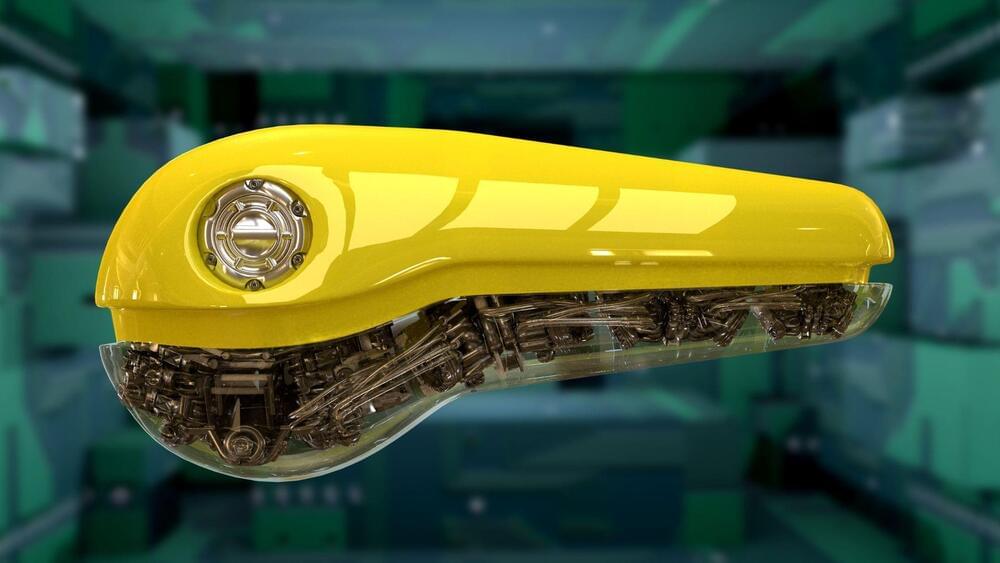
Get the latest international news and world events from around the world.



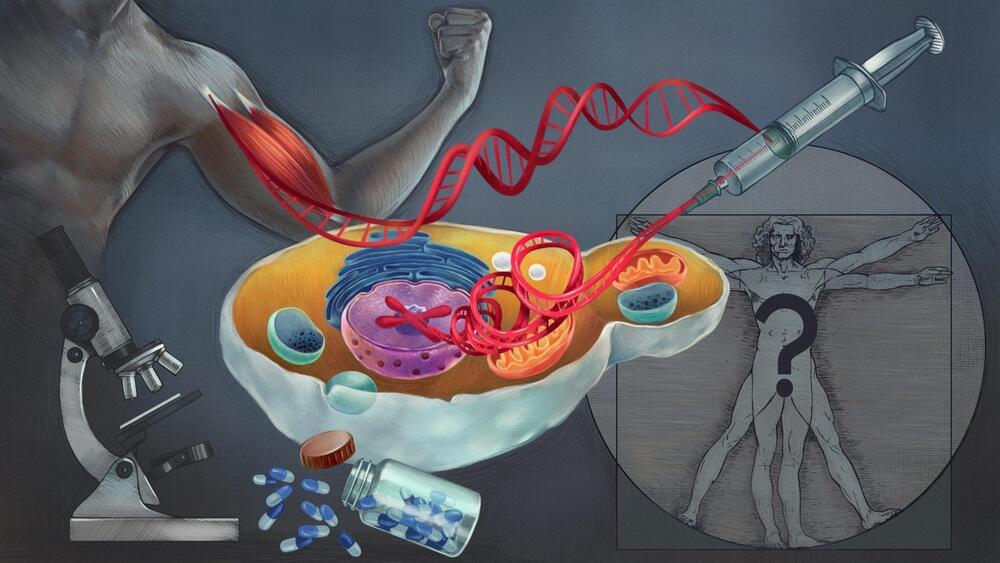
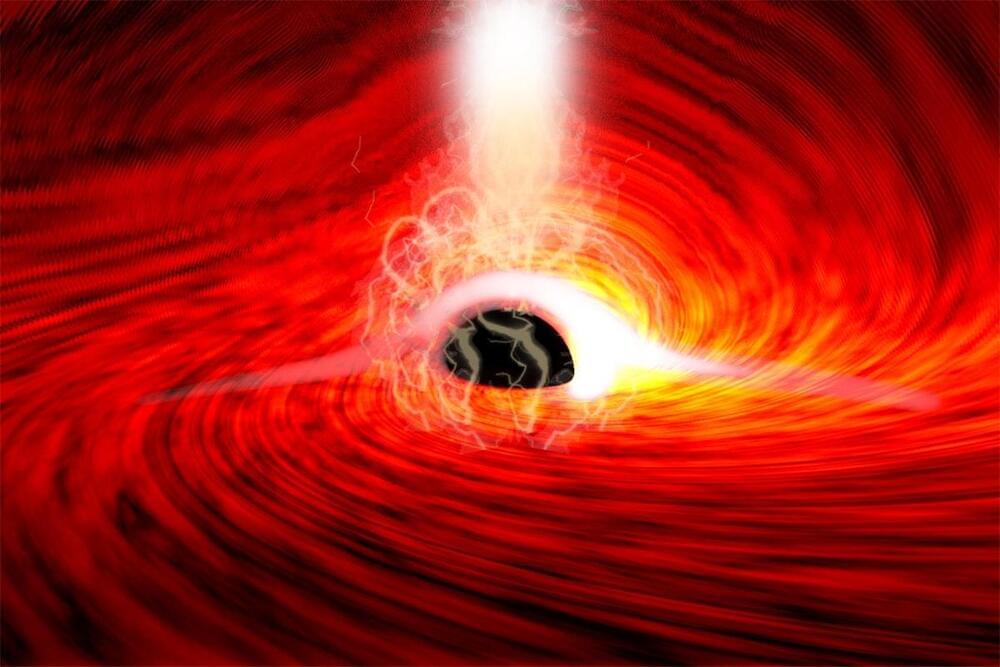
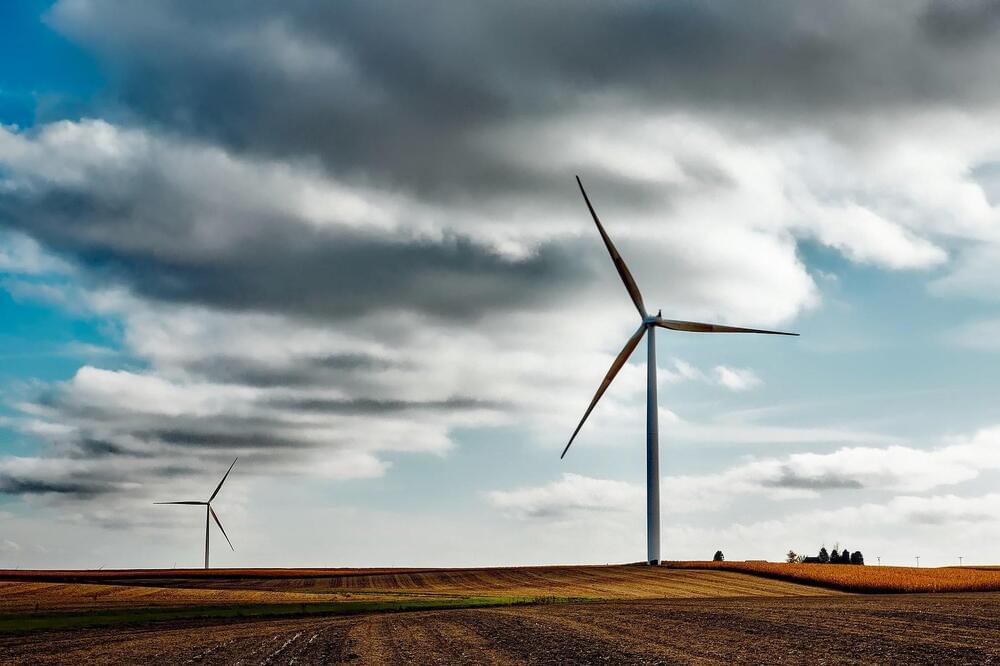
Sophisticated models provide a roadmap for Southern Africa’s clean energy future
The economy of Southern Africa is rapidly developing, driving a growing demand for electricity. Efficiently meeting this demand will require balancing social, economic, geographic, technological and environmental considerations.
Researchers at UC Santa Barbara led an international team that analyzed the region’s resources and power grid. Using this data, they developed an energy portfolio that most effectively meets Southern Africa’s 2040 energy requirements, finding that wind and solar are the region’s most cost-effective options. What’s more, their model’s proposal effectively freezes greenhouse gas emissions at 2020 levels while doubling the amount of electricity the grid can produce. A detailed analysis appears in the journal Joule.
Currently, Southern Africa’s 315 million people use about 275 terawatt hours, roughly the same amount as California. “However, Southern Africa is expected to double its electricity demand by 2040,” said co-lead and corresponding author Ranjit Deshmukh, an assistant professor in UCSB’s Environmental Studies Program. “Developing the region’s excellent wind, solar and natural gas resources is the least expensive option for its consumers, and can meet this demand without increasing the region’s electricity sector carbon emissions.”
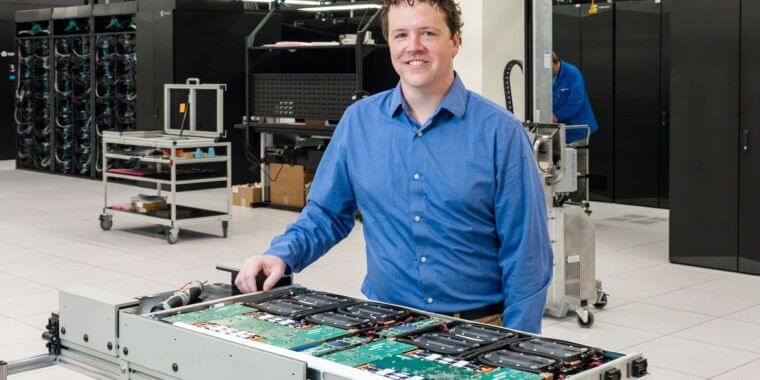
1.1 quintillion operations per second: US has world’s fastest supercomputer
The US has retaken the top spot in the world supercomputer rankings with the exascale Frontier system at Oak Ridge National Laboratory (ORNL) in Tennessee.
The Frontier system’s score of 1.102 exaflop/s makes it “the most powerful supercomputer to ever exist” and “the first true exascale machine,” the Top 500 project said Monday in the announcement of its latest rankings. Exaflop/s (or exaflops) is short for 1 quintillion floating-point operations per second.
Frontier was more than twice as fast as a Japanese system that placed second in the rankings, which are based on the LINPACK benchmark that measures the “performance of a dedicated system for solving a dense system of linear equations.”


Soap molecule could help make alternative LED tech commercially viable
Adding a molecule normally used in detergent to an infrared LED could make devices that are easier to manufacture, require less energy and display richer colours than existing ones.
Solar cells and LEDs made from perovskite, a titanium and calcium crystal, have long held promise as being more efficient and easier to produce than commonly used silicon-based devices, but making them both stable and efficient enough to rival silicon’s commercial success has proved difficult.
What gives humans the advantage over our incoming robot masters? Junaid Mubeen at New Scientist Live this October.
Digital security dialogue: Leveraging human verification to educate people about online safety
Online safety and ethics are serious issues and can adversely affect less experienced users. Researchers have built upon familiar human verification techniques to add an element of discrete learning into the process. This way users can learn about online safety and ethics issues while simultaneously verifying they are human. Trials show that users responded positively to the experience and felt they gained something from these microlearning sessions.
The internet is an integral part of modern living, for work, leisure, shopping, keeping touch with people, and more. It’s hard to imagine that anyone could live in an affluent country, such as Japan, and not use the internet relatively often. Yet despite its ubiquity, the internet is far from risk-free. Issues of safety and security are of great concern, especially for those with less exposure to such things. So a team of researchers from the University of Tokyo including Associate Professor Koji Yatani of the Department for Electrical Engineering and Information Systems set out to help.
Surveys of internet users in Japan suggest that a vast majority have not had much opportunity to learn about ways in which they can stay safe and secure online. But it seems unreasonable to expect this same majority to intentionally seek out the kind of information they would need to educate themselves. To address this, Yatani and his team thought they could instead introduce educational materials about online safety and ethics into a typical user’s daily internet experience. They chose to take advantage of something that many users will come across often during their usual online activities: human verification.